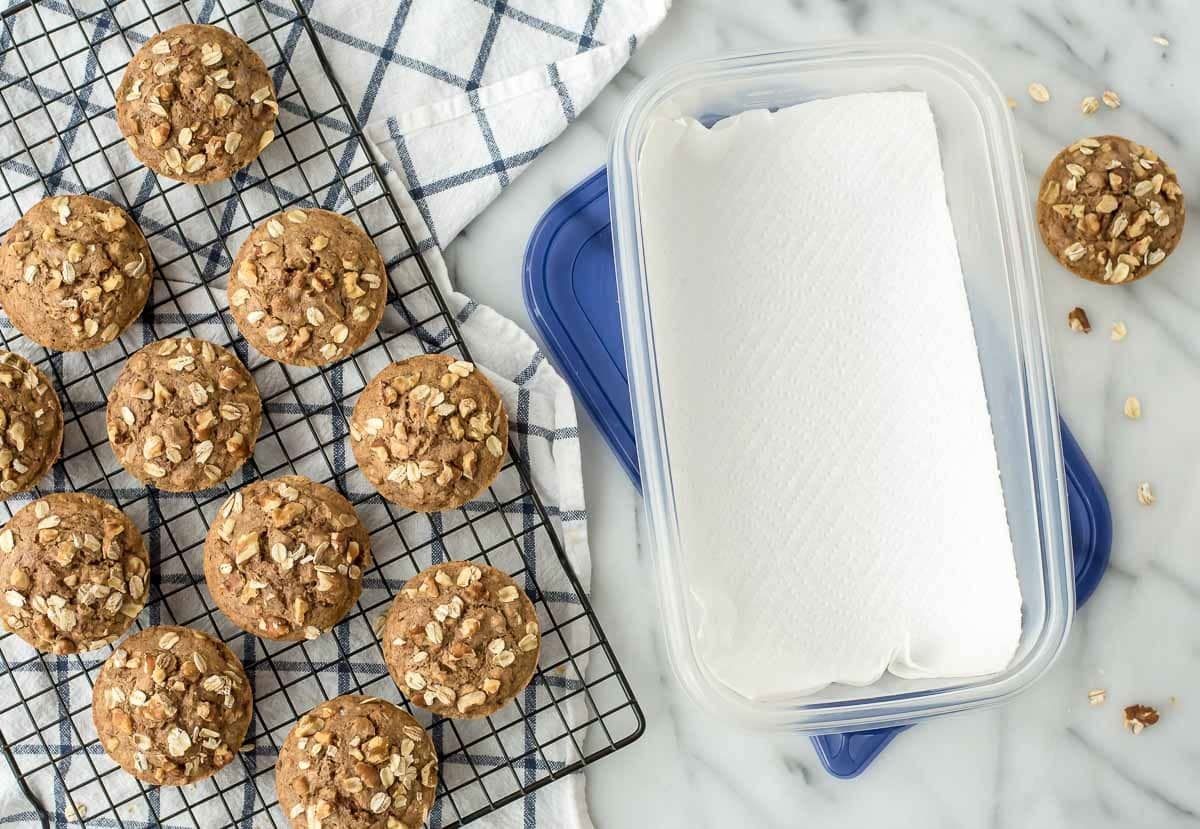

Articles
How To Store Muffins So They Don’T Get Sticky
Modified: October 22, 2024
Discover the best methods to store muffins and keep them from becoming sticky in this informative article.
(Many of the links in this article redirect to a specific reviewed product. Your purchase of these products through affiliate links helps to generate commission for Storables.com, at no extra cost. Learn more)
Introduction
There’s nothing quite like the smell of freshly baked muffins filling your kitchen. Whether you enjoy them for breakfast, as a snack, or as a sweet treat, muffins are a versatile and delicious baked good. However, if not stored properly, muffins can quickly become sticky and lose their freshness. In this article, we will explore some tips and tricks to help you store your muffins so that they stay moist, fluffy, and free from stickiness.
When it comes to storing muffins, there are a few key factors to consider. The first is to ensure that the muffins are completely cooled before storing them. If you store them while they are still warm, condensation can form and make the muffins sticky. Additionally, it’s essential to keep them in a sealed container or bag to prevent any moisture from getting in and causing them to become soggy.
To help you preserve the texture, taste, and quality of your muffins, here are some tried-and-tested tips for storing them:
Key Takeaways:
- Keep muffins moist and fluffy by using parchment paper or cupcake liners to prevent stickiness and make cleanup a breeze. Let them cool completely before storing to preserve their texture and taste.
- Store muffins in an airtight container or ziplock bag in a cool, dry place, and avoid refrigeration. For long-term storage, freeze muffins in airtight containers or freezer bags, and label them for easy access.
Read more: How To Store Pumpkin Muffins
Tip #1: Use parchment paper or cupcake liners
One of the easiest and most effective ways to prevent muffins from getting sticky is by using parchment paper or cupcake liners. These liners create a barrier between the muffin and the baking pan, preventing them from sticking and making it easier to remove them after baking.
To use parchment paper, simply cut out squares or circles that are slightly larger than the base of your muffin cups. Press the paper into the cups before adding the batter. Once your muffins are baked and cooled, they will easily pop out of the cups without any residue left behind.
If you prefer to use cupcake liners, you can choose from a variety of materials such as paper, foil, or silicone. These liners come in different sizes and designs, allowing you to add a decorative touch to your muffins while keeping them free from stickiness.
Using parchment paper or cupcake liners not only prevents your muffins from sticking to the baking pan but also makes for easy cleanup. It eliminates the need for greasing the pan and scrubbing off any stubborn residue. Plus, they add a professional look to your muffins, making them perfect for gifting or serving at special occasions.
Remember, if you choose to use cupcake liners, it’s important to fill them about two-thirds to three-quarters full to ensure that your muffins have enough room to rise and expand while baking. Overfilling them can cause the batter to spill over the edges, resulting in misshapen and unevenly cooked muffins.
Using parchment paper or cupcake liners is a simple yet effective way to prevent your muffins from getting sticky. It not only saves you time and effort but also ensures that your muffins maintain their shape and texture. So, the next time you bake muffins, don’t forget to line your muffin cups for a hassle-free and sticky-free baking experience!
Tip #2: Let muffins cool completely before storing
After removing your muffins from the oven, it can be tempting to dig in right away, but it’s crucial to let them cool completely before storing them. Allowing your muffins to cool ensures that any excess moisture from the baking process evaporates, preventing them from becoming sticky when stored.
When muffins are hot, their structure is still delicate, and the steam trapped inside can cause them to become moist and sticky. By giving them enough time to cool down, you allow the texture to set and the moisture to distribute evenly throughout the muffin, resulting in a better, more consistent texture.
To cool your muffins, place them on a wire rack. This elevates them and allows the air to circulate around them, promoting even cooling. It’s important to avoid leaving them on the hot baking pan or a solid surface, as the trapped heat can lead to condensation and make the muffins sticky.
The cooling time can vary depending on the size and density of your muffins. In general, larger and denser muffins may require more time to cool completely compared to smaller, lighter ones. As a general guideline, leave your muffins to cool for at least 30 minutes to an hour before transferring them to storage containers.
Resist the temptation to rush the cooling process by placing muffins in the refrigerator or freezer. While this may cool them faster, it can also contribute to excess moisture and make them sticky. By allowing them to cool at room temperature, you give them the best chance to retain their texture and taste.
Once your muffins have cooled completely, you can proceed to store them using the appropriate methods outlined in the following tips. Remember, patience is key when it comes to cooling your muffins before storage. Your patience will be rewarded with muffins that stay moist, fluffy, and free from stickiness.
Tip #3: Store muffins in an airtight container or ziplock bag
When it comes to storing muffins, the key is to keep them protected from air exposure. This is where using an airtight container or a ziplock bag comes in handy. These storage options create a barrier against outside air, helping to maintain the moisture and freshness of your muffins.
An airtight container with a tight-fitting lid is an excellent choice for storing muffins. Look for containers specifically designed for baked goods to ensure they are the right size and shape to accommodate your muffins. Glass or plastic containers are both suitable options, as long as they have a reliable seal.
If you prefer a more budget-friendly option, a ziplock bag can work just as effectively. Choose a bag that is large enough to hold your muffins without squishing them. Squeeze out as much air as possible before sealing the bag to create a seal that helps maintain the quality of your muffins.
When placing your muffins in an airtight container or ziplock bag, it’s important to arrange them in a single layer, if possible. This prevents them from getting squashed or deformed in the container. If you need to stack them, place a sheet of parchment paper between each layer to prevent sticking.
Labeling your container or ziplock bag with the date of storage can be helpful to track the freshness of your muffins. It’s a good practice to consume your muffins within 2-3 days to ensure optimal taste and texture. After this timeframe, they may start to become dry or lose their freshness.
It’s worth noting that if your muffins have any toppings, such as icing or streusel, you may want to store them separately from the muffins themselves. This helps to preserve the texture and appearance of the toppings, preventing them from becoming soggy or sticky.
By storing your muffins in an airtight container or ziplock bag, you can ensure they stay moist, delicious, and free from stickiness. These storage options provide a protective barrier against air exposure and help to maintain the quality of your muffins, allowing you to enjoy them for days after baking.
Tip #4: Avoid stacking muffins on top of each other
When it comes to storing muffins, proper placement is essential to maintain their shape and prevent them from becoming sticky. One important rule to follow is to avoid stacking muffins on top of each other while storing them.
Stacking muffins can lead to the weight of the top muffins compressing the ones beneath them, resulting in misshapen or squished muffins. Additionally, the moisture and heat trapped between the muffins can create a sticky environment, causing them to stick together.
Instead, opt for storing your muffins in a single layer. If you have a large quantity of muffins to store, consider using multiple containers or bags to ensure each muffin has enough space around it. This allows for proper airflow and prevents them from touching each other, reducing the risk of stickiness.
If you do need to stack your muffins due to limited storage space, make sure to place a layer of parchment paper between each muffin. This acts as a protective barrier, reducing the chance of them sticking together.
By storing your muffins in a single layer and avoiding stacking, you can preserve their shape, texture, and prevent them from becoming sticky. This storage method not only ensures that each muffin remains intact, but also makes it easier to grab one without having to separate them from a stack.
Remember, proper placement is crucial when storing muffins. By following this tip and keeping your muffins in a single layer, you can ensure they stay fresh, delicious, and free from stickiness.
Store muffins in an airtight container at room temperature with a paper towel at the bottom to absorb excess moisture and prevent them from getting sticky.
Read more: How To Store Blueberry Muffins
Tip #5: Keep muffins in a cool, dry place
Creating the right environment for storing muffins is essential for maintaining their freshness and preventing stickiness. One of the key factors to consider is the storage location. It’s important to keep your muffins in a cool and dry place.
Muffins are sensitive to heat and humidity, which can cause them to become moist and sticky. Therefore, it’s best to store them in a location away from direct sunlight, heat sources, and areas with high humidity, such as near the stove or dishwasher.
An ideal storage spot for muffins is a pantry or cupboard that is cool and dry. The temperature should be between 68°F and 72°F (20°C and 22°C), which is the optimal range for preserving the texture and taste of baked goods.
Additionally, ensure that the area is well-ventilated to prevent any moisture buildup. Good air circulation helps to maintain the dryness of the muffins and minimizes the risk of them becoming sticky.
If you live in a particularly humid climate or during the summer months when humidity levels tend to be higher, you can take additional measures to keep your muffins dry. Consider adding a desiccant packet or two to the storage container to absorb any excess moisture and help maintain the freshness of the muffins.
By storing your muffins in a cool and dry place, you can significantly reduce the chances of them becoming sticky. This storage method ensures that the muffins retain their texture, taste, and overall quality for an extended period, allowing you to enjoy them at your own pace.
Remember, creating the right environment is crucial for storing muffins. By keeping them in a cool and dry place, you can preserve their freshness and avoid the frustration of sticky muffins.
Tip #6: Avoid storing muffins in the refrigerator
While refrigeration is commonly used for storing perishable items, it’s not the best option for storing muffins. Muffins stored in the refrigerator tend to dry out quickly and can become stale, rather than retaining their moist and fluffy texture.
The cold temperature of the refrigerator can cause the moisture in the muffins to evaporate, resulting in dry and crumbly muffins. Additionally, the refrigerator can also introduce unwanted flavors and odors to your muffins if they are stored alongside strongly scented foods.
Another reason to avoid refrigerating muffins is that the moisture in the refrigerator can create a sticky surface on the muffins when you take them out. This can be especially problematic if your muffins have any toppings or glazes that can become damp and lose their texture.
If you’re concerned about the freshness and storage life of your muffins, it’s best to utilize alternative methods such as storing them in an airtight container or ziplock bag in a cool, dry place. This method will help maintain the moisture and texture of your muffins without the risk of drying them out.
However, if you have a large batch of muffins that you won’t be able to consume within 2-3 days, you can opt to freeze them instead of refrigerating them. Freezing muffins is an excellent long-term storage option that helps lock in moisture and freshness, which we will discuss in more detail in the next tip.
By avoiding the refrigerator and opting for proper storage methods, you can keep your muffins fresh, moist, and free from stickiness. The refrigerator may work well for certain foods, but it’s not ideal for preserving the quality of your homemade muffins.
Tip #7: Freeze muffins for long-term storage
If you have an abundance of muffins that you won’t be able to consume within a few days, freezing them is an excellent long-term storage option. Freezing helps to extend the shelf life of your muffins while maintaining their texture and flavor.
Before freezing your muffins, it’s important to ensure they are completely cooled. This helps to prevent any condensation from forming inside the storage container, which can lead to stickiness or sogginess when thawed.
To freeze your muffins, start by placing them in a single layer on a baking sheet or tray. This will prevent them from sticking together as they freeze. If you’re concerned about the muffins losing their shape during freezing, you can flash freeze them first by leaving them in the freezer for about 15-30 minutes until they are partially frozen.
Once partially frozen or if you choose not to flash freeze, transfer the muffins into airtight freezer bags or containers. It’s best to label the bags or containers with the date of freezing to keep track of their freshness. Properly sealed, frozen muffins can last for up to three months without significant quality loss.
When you’re ready to enjoy your frozen muffins, simply remove the desired number of muffins from the freezer and allow them to thaw at room temperature. It’s best to remove them from the freezer bag or container to prevent any excess moisture that may accumulate during thawing.
If you prefer warm muffins, you can also reheat them in the oven or microwave. To reheat in the oven, preheat it to 350°F (175°C) and place the thawed muffins on a baking sheet for 5-10 minutes until warmed through. If using a microwave, heat the muffins on a microwave-safe plate for 30 seconds to 1 minute or until heated to your liking.
By freezing your muffins, you can enjoy them at a later date while still retaining their moistness and freshness. This method is especially useful when you want to have homemade muffins readily available for quick breakfasts or on-the-go snacks.
Remember, freezing is a great option for long-term storage, but make sure to properly package and label your muffins to maintain their quality. With frozen muffins on hand, you can always satisfy your cravings whenever you please!
Conclusion
Properly storing muffins is essential for preserving their flavor, texture, and freshness. By following these tips, you can prevent your muffins from becoming sticky and ensure that they stay delicious for longer periods.
Using parchment paper or cupcake liners creates a barrier between the muffins and the baking pan, preventing them from sticking. Letting the muffins cool completely before storing helps to avoid condensation and stickiness.
Storing muffins in an airtight container or ziplock bag protects them from air exposure and helps maintain their moisture. Avoid stacking muffins to prevent them from getting squished and sticking together.
Keeping muffins in a cool and dry place, away from heat sources and high humidity, ensures their freshness. Avoid storing muffins in the refrigerator as it can cause them to dry out and develop a sticky surface.
For long-term storage, freezing muffins is a great option. Make sure to cool the muffins, flash freeze if desired, and store them in airtight containers or freezer bags. Thaw and enjoy whenever you crave a freshly baked muffin.
With these tips in mind, you can confidently store your muffins to maintain their quality and enjoy them for longer. So the next time you bake a batch of muffins, remember these tips to keep them moist, fluffy, and free from stickiness!
Frequently Asked Questions about How To Store Muffins So They Don'T Get Sticky
Was this page helpful?
At Storables.com, we guarantee accurate and reliable information. Our content, validated by Expert Board Contributors, is crafted following stringent Editorial Policies. We're committed to providing you with well-researched, expert-backed insights for all your informational needs.
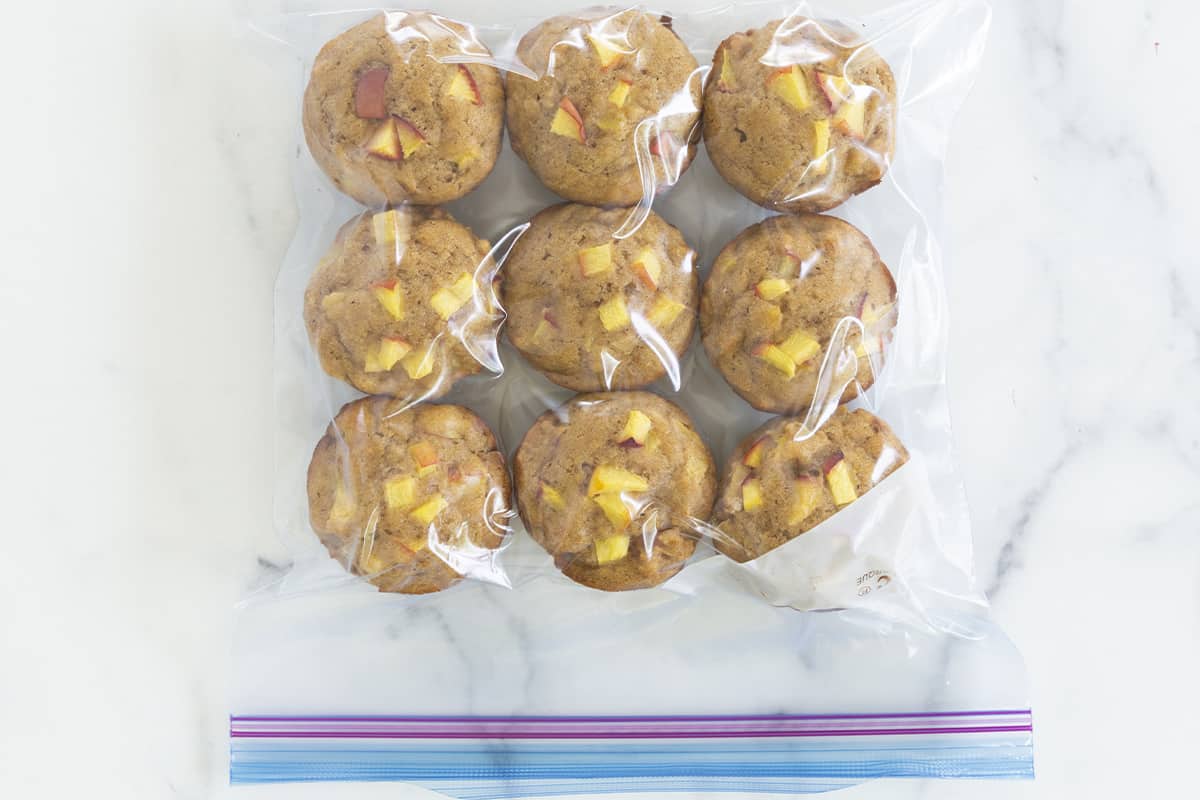
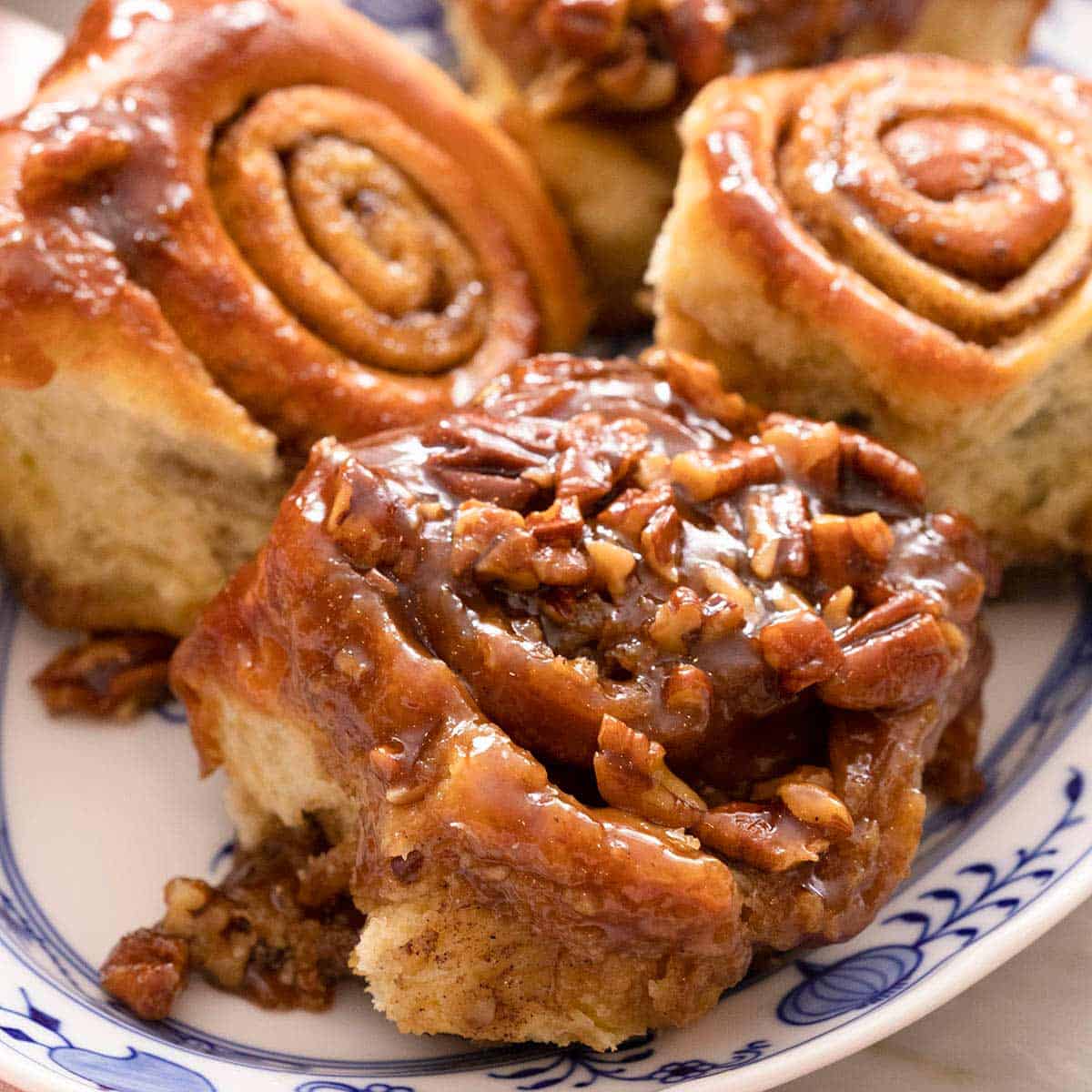

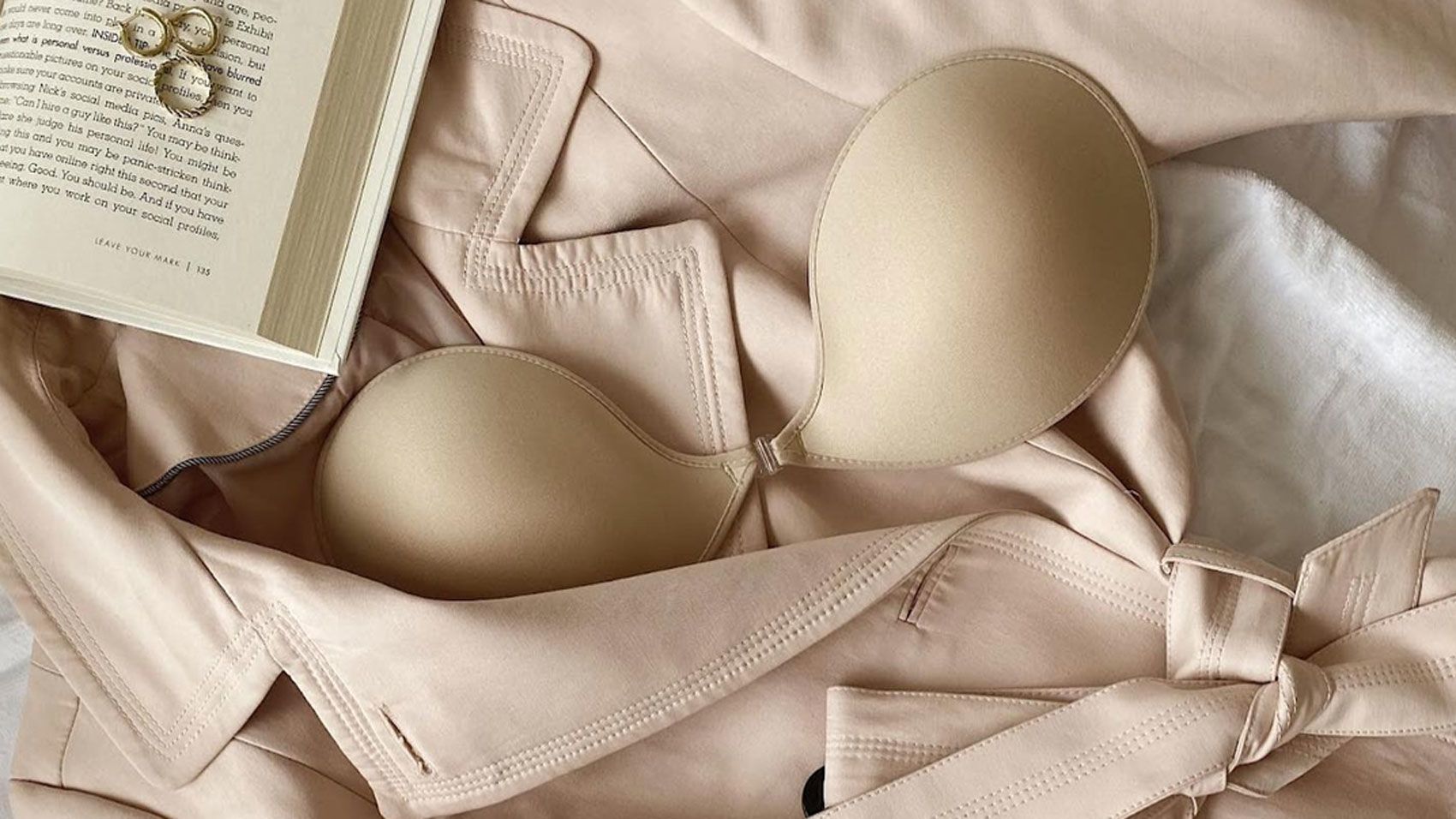
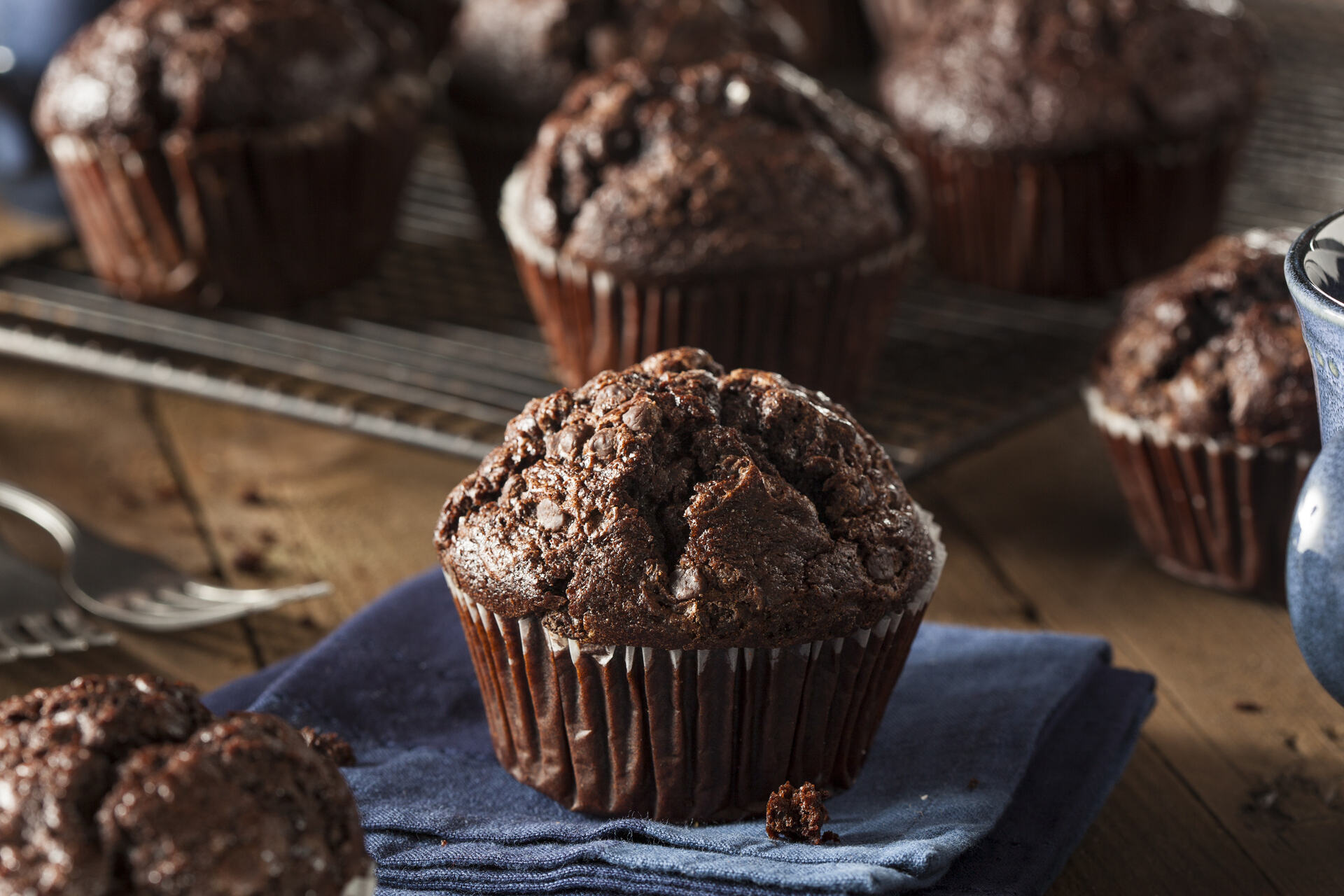
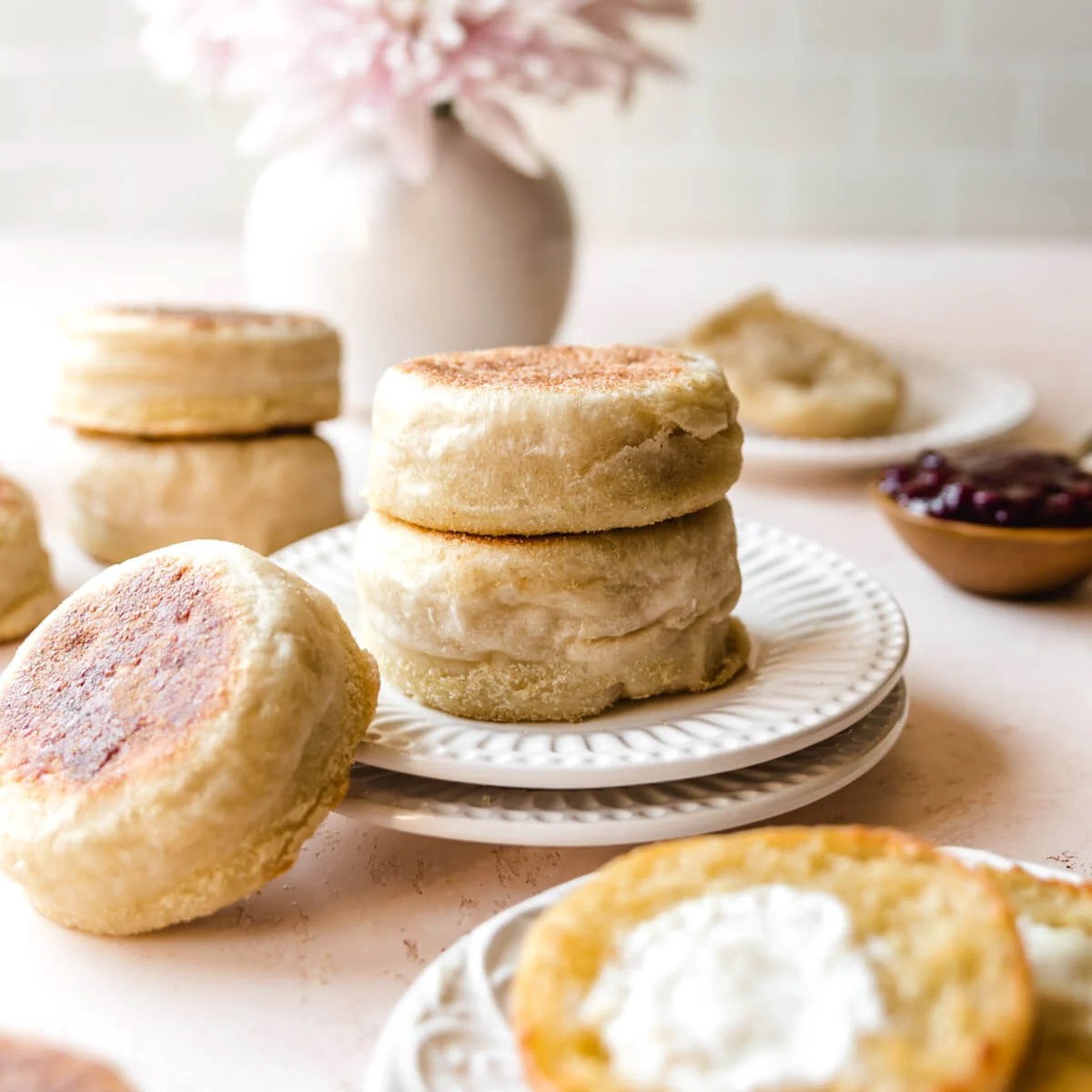
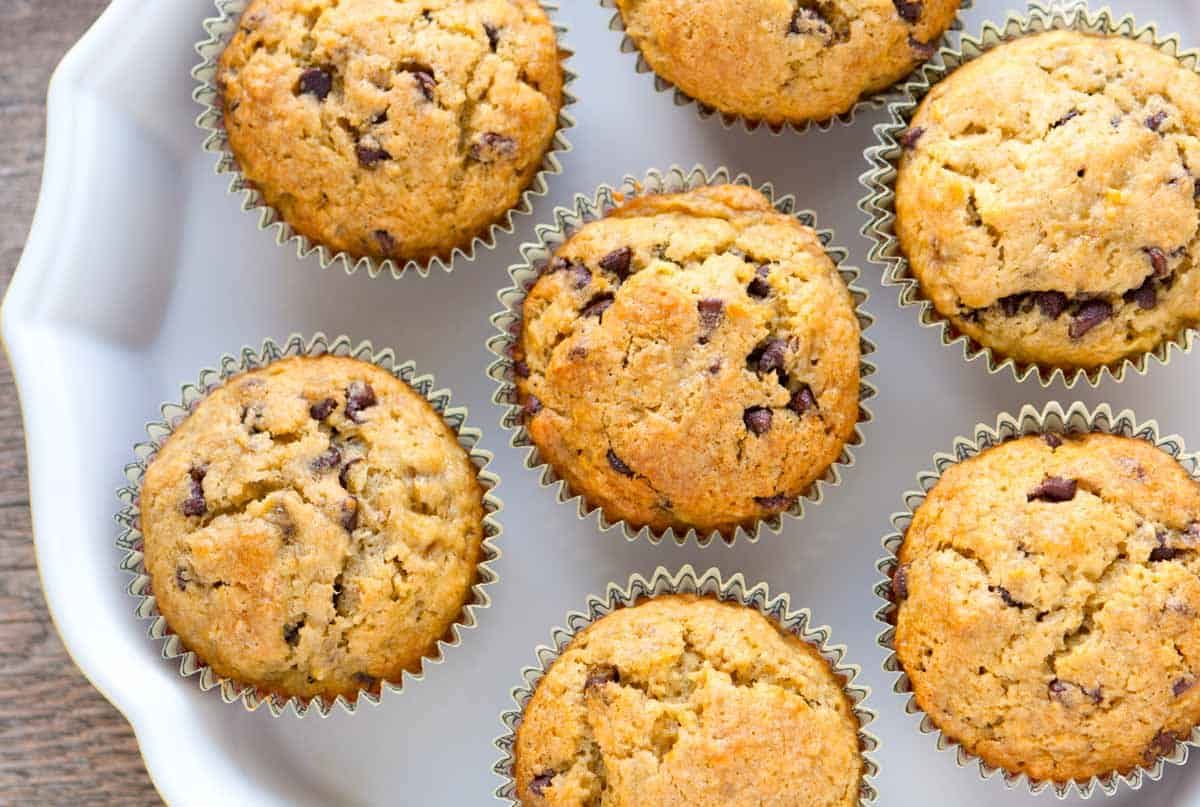
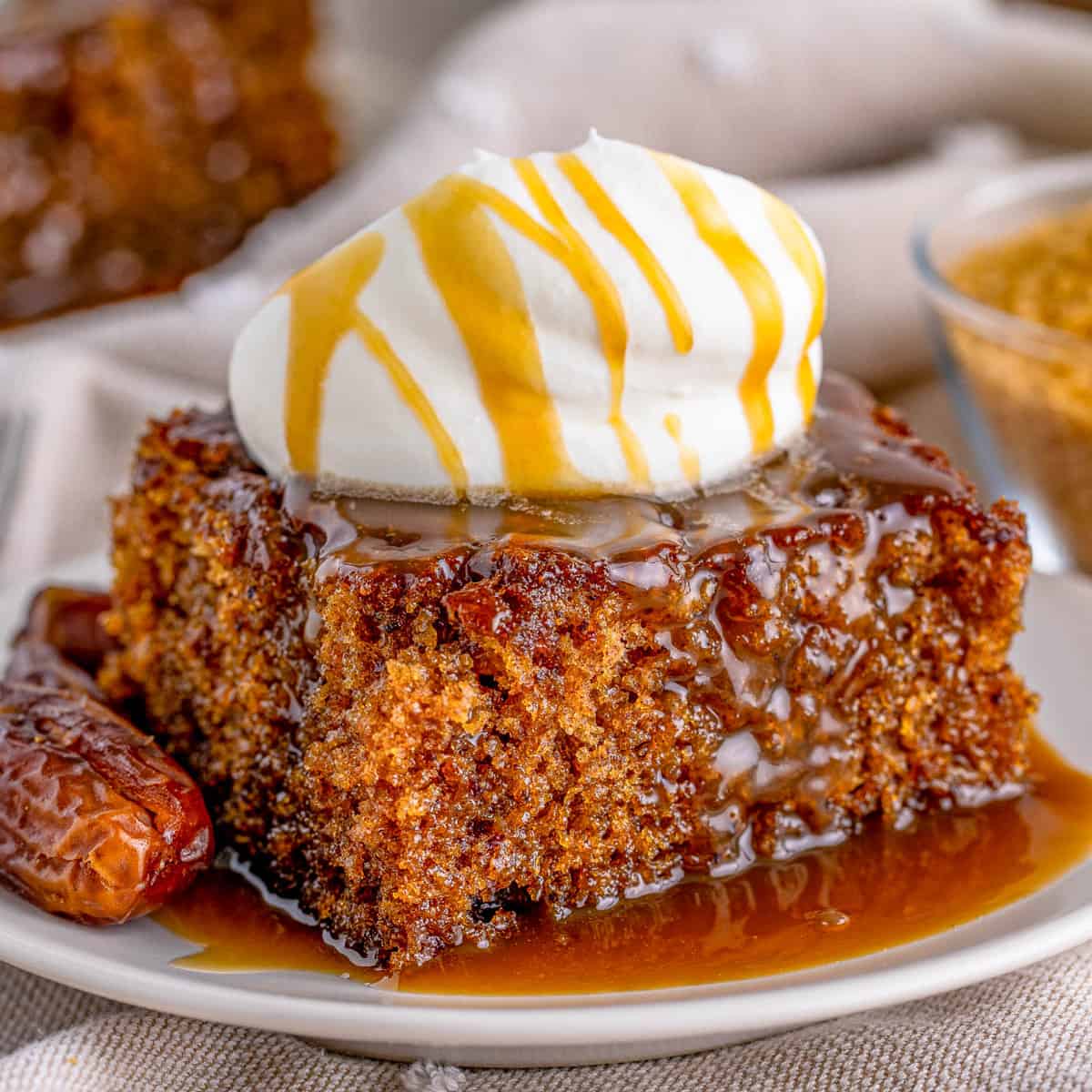

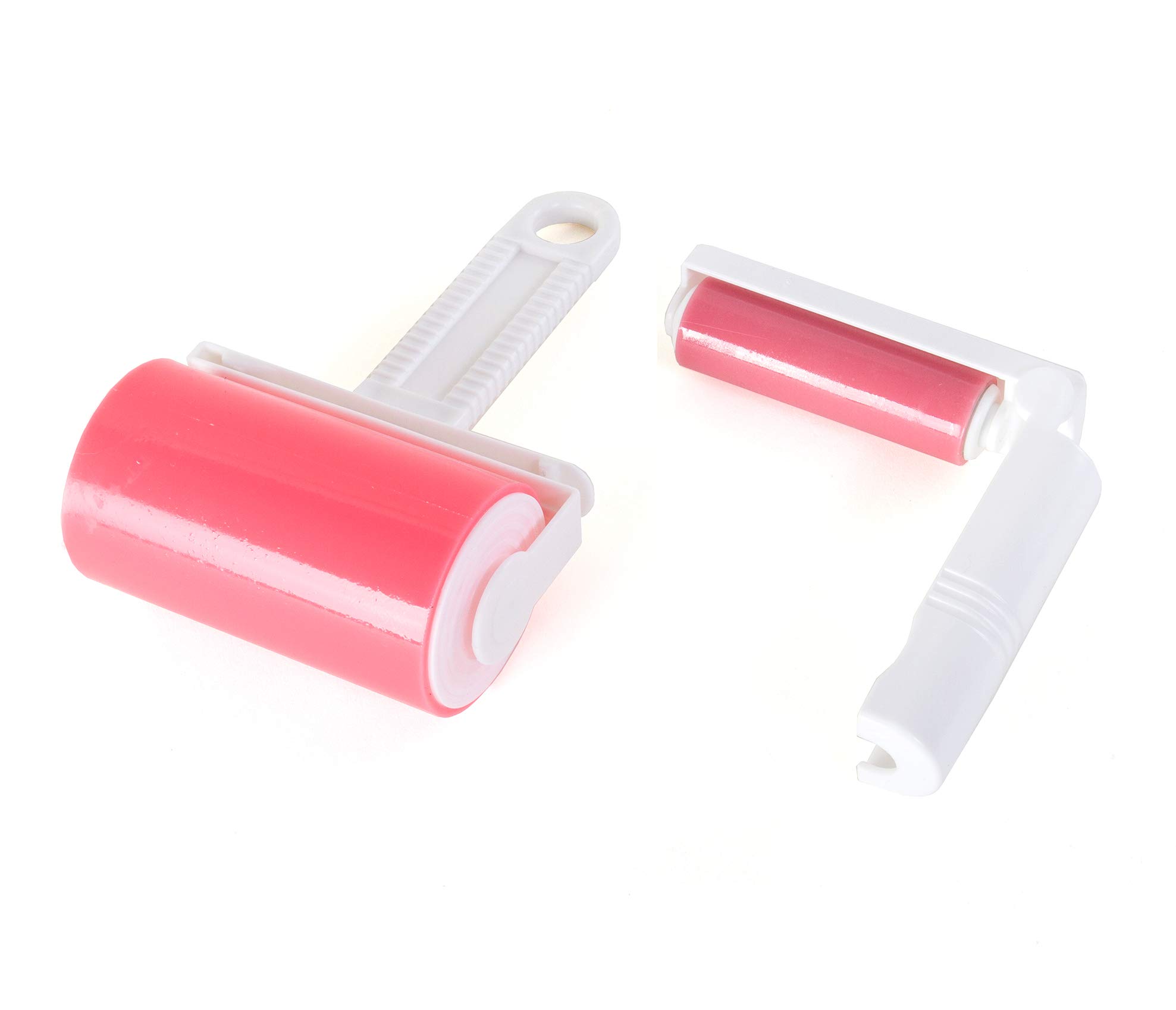

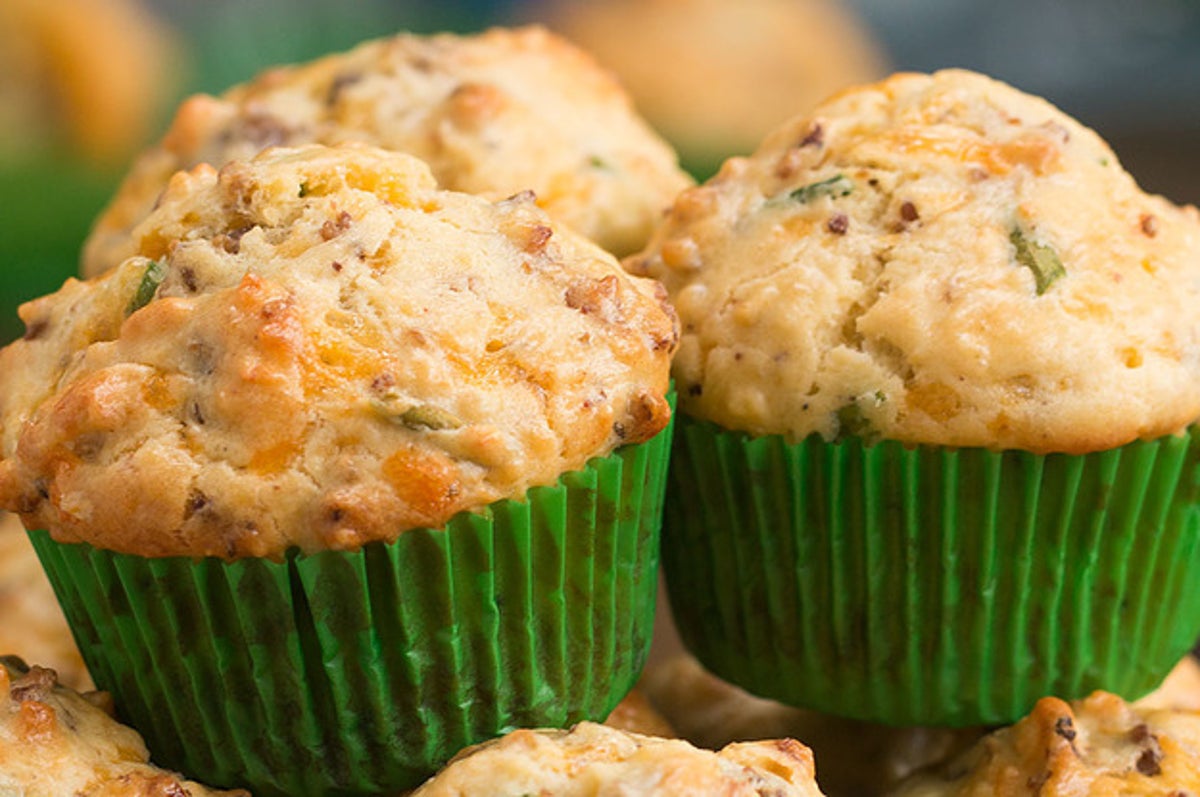

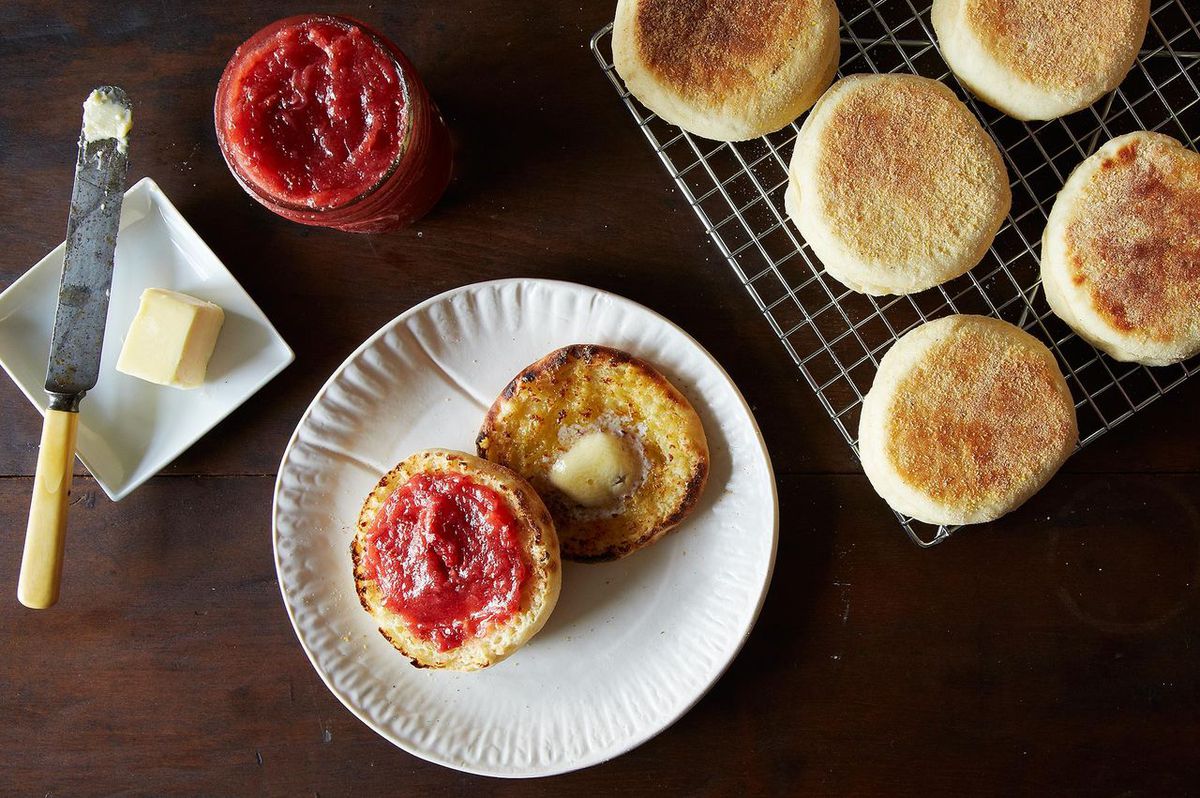

0 thoughts on “How To Store Muffins So They Don’T Get Sticky”